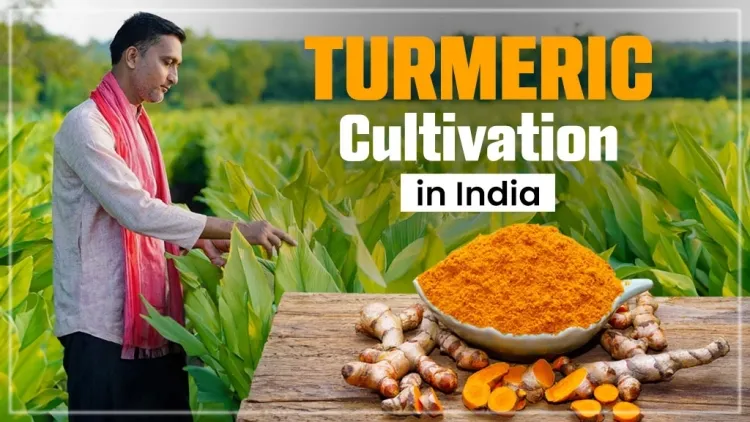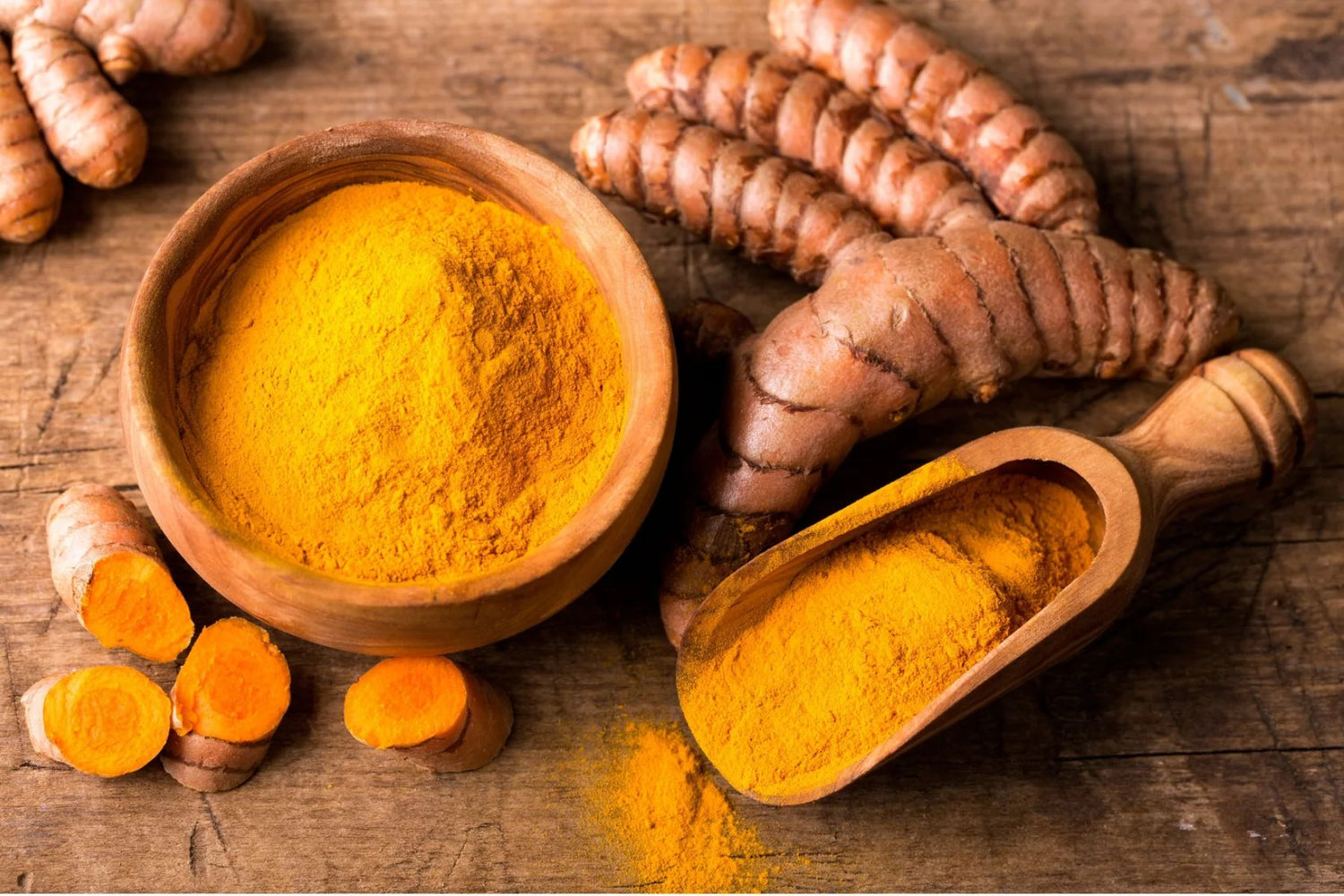The Journey of Turmeric: From Farm to Household Uses...!!!
Turmeric is a versatile spice with a rich history and numerous uses. From its cultivation and processing to its applications in cooking, medicine, cosmetics, and household chores, turmeric holds a valuable place in various aspects of life. Understanding turmeric's journey from farm to household highlights its significance and the myriad benefits it offers.

Turmeric, scientifically known as Curcuma longa, is a vibrant yellow-orange spice celebrated for its unique color, flavor, and myriad health benefits. Widely used in culinary and traditional medicine, turmeric's journey from farm to household is fascinating.
Cultivating and Harvesting Turmeric
-
Planting:
-
Process: Turmeric is propagated from rhizomes (root cuttings) rather than seeds. These rhizomes are planted in well-drained, fertile soil under warm, humid conditions.
-
Duration: Turmeric plants typically mature within 8 to 10 months.
-
-
Growing Conditions:
-
Climate: Turmeric thrives in temperatures between 20°C to 30°C (68°F to 86°F) and requires ample rainfall.
-
Soil: Prefers loamy or sandy loam soil rich in organic matter.
-
-
Harvesting:
-
Process: Once the plant's leaves turn yellow and start to dry, the rhizomes are ready for harvest. They are carefully dug out of the soil.
-
Cleaning: Harvested rhizomes are thoroughly cleaned to remove soil and impurities.
-

Processing Turmeric
-
Boiling:
-
Process: The cleaned rhizomes are boiled in water for 45 minutes to an hour. This process reduces raw odor, gelatinizes starch, and ensures uniform drying.
-
-
Drying:
-
Methods: Boiled rhizomes are spread in thin layers to dry under the sun or in mechanical dryers. Proper drying prevents mold and maintains quality.
-
Duration: Sun drying can take 10 to 15 days, while mechanical drying is faster.
-
-
Polishing:
-
Process: After drying, the rhizomes' outer skin is removed through manual rubbing or mechanical polishing, enhancing their appearance and quality.
-
-
Grinding:
-
Process: Polished rhizomes are ground into a fine powder using traditional methods or modern grinding machines.
-
Storage: The turmeric powder is stored in airtight containers to preserve freshness and potency.
-
Uses of Turmeric
-
Culinary Uses:
-
Spice: Turmeric is a staple in South Asian cuisine, adding flavor, color, and aroma to dishes like curries, soups, and rice.
-
Coloring Agent: It serves as a natural food coloring, imparting a vibrant yellow hue to various dishes.
-
-
Medicinal Uses:
-
Anti-Inflammatory: Curcumin, the active compound in turmeric, has potent anti-inflammatory properties, used to alleviate arthritis and joint pain.
-
Antioxidant: Rich in antioxidants, turmeric helps protect cells from damage and reduces the risk of chronic diseases.
-
Digestive Aid: Turmeric improves digestion and relieves bloating and gas, often used in traditional medicine for digestive disorders.
-
-
Cosmetic Uses:
-
Skin Care: Incorporated in skincare products for its anti-inflammatory and antibacterial properties, turmeric treats acne, reduces scars, and brightens skin.
-
Face Masks: Popular for enhancing complexion and reducing pigmentation.
-
-
Household Uses:
-
Natural Dye: Turmeric acts as a natural dye for fabrics, providing a bright yellow color.
-
Cleaning Agent: Its antibacterial properties make turmeric an effective natural cleaning agent for kitchen utensils and surfaces.
-
-
Beverages:
-
Golden Milk: A soothing, health-boosting drink made by mixing turmeric with milk and spices like cinnamon and ginger.
-
Turmeric Tea: A herbal tea brewed from turmeric powder or fresh turmeric, known for its anti-inflammatory and antioxidant benefits.
-
Turmeric is a versatile spice with a rich history and numerous uses. From its cultivation and processing to its applications in cooking, medicine, cosmetics, and household chores, turmeric holds a valuable place in various aspects of life. Understanding turmeric's journey from farm to household highlights its significance and the myriad benefits it offers.
What's Your Reaction?

















